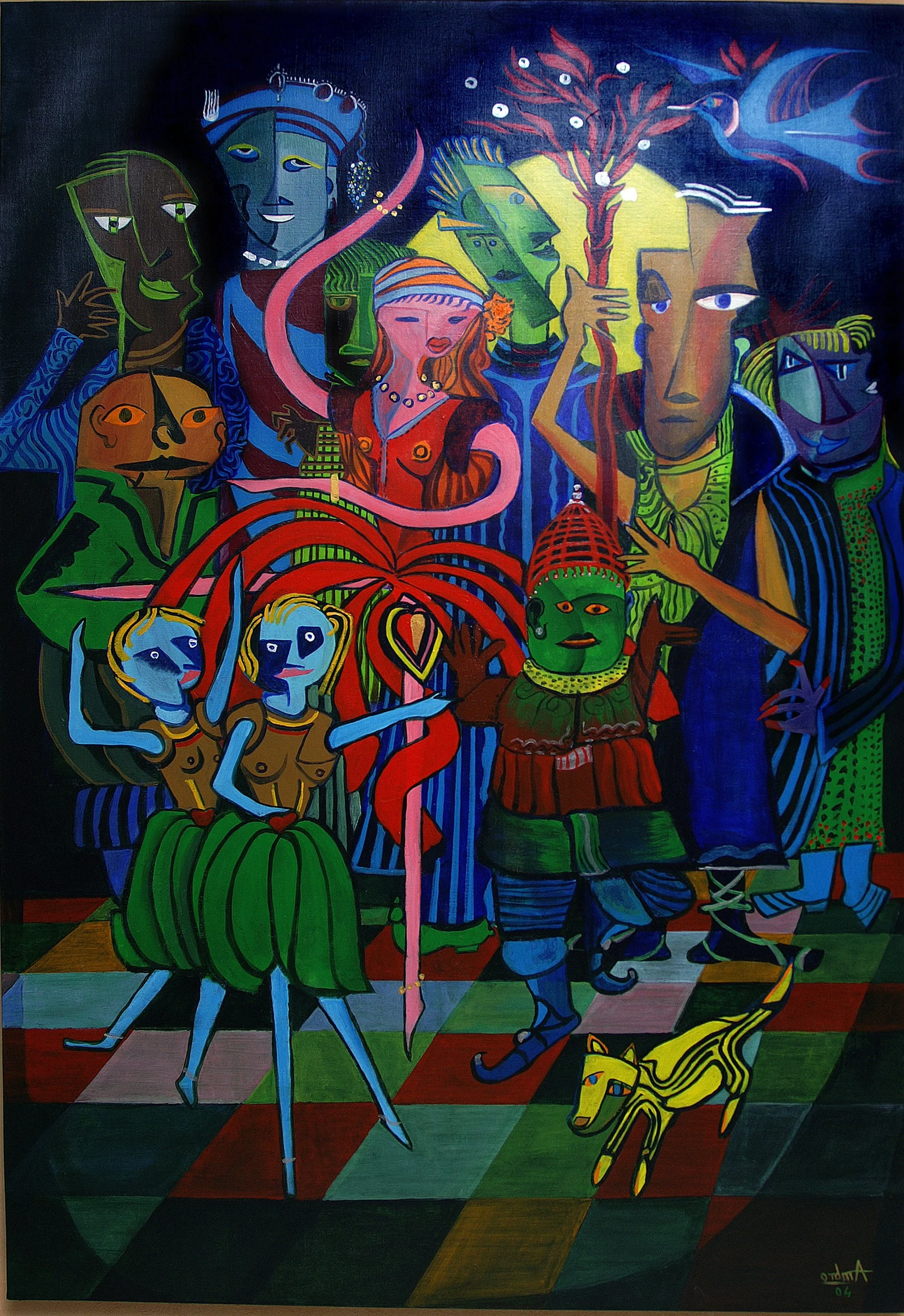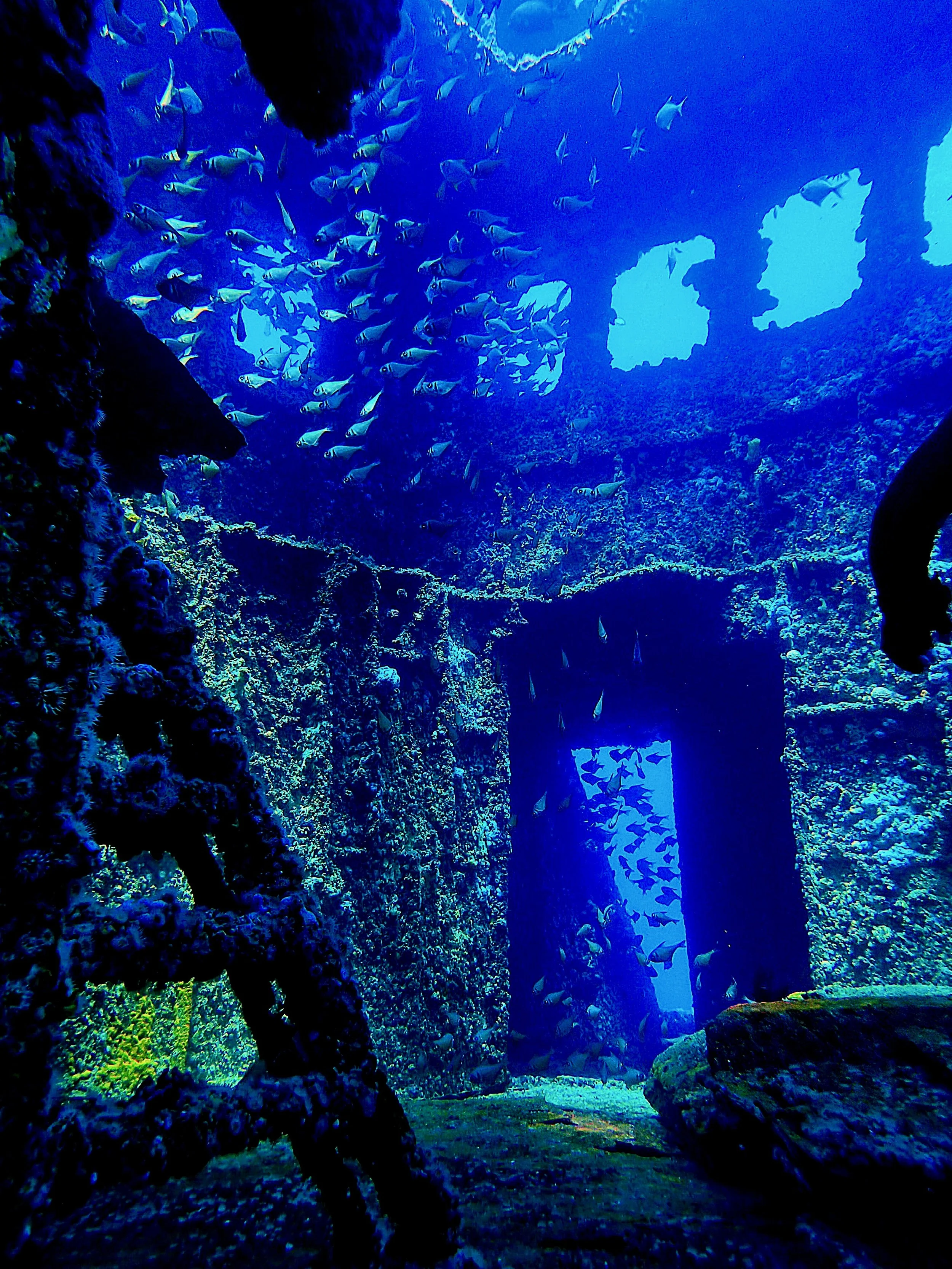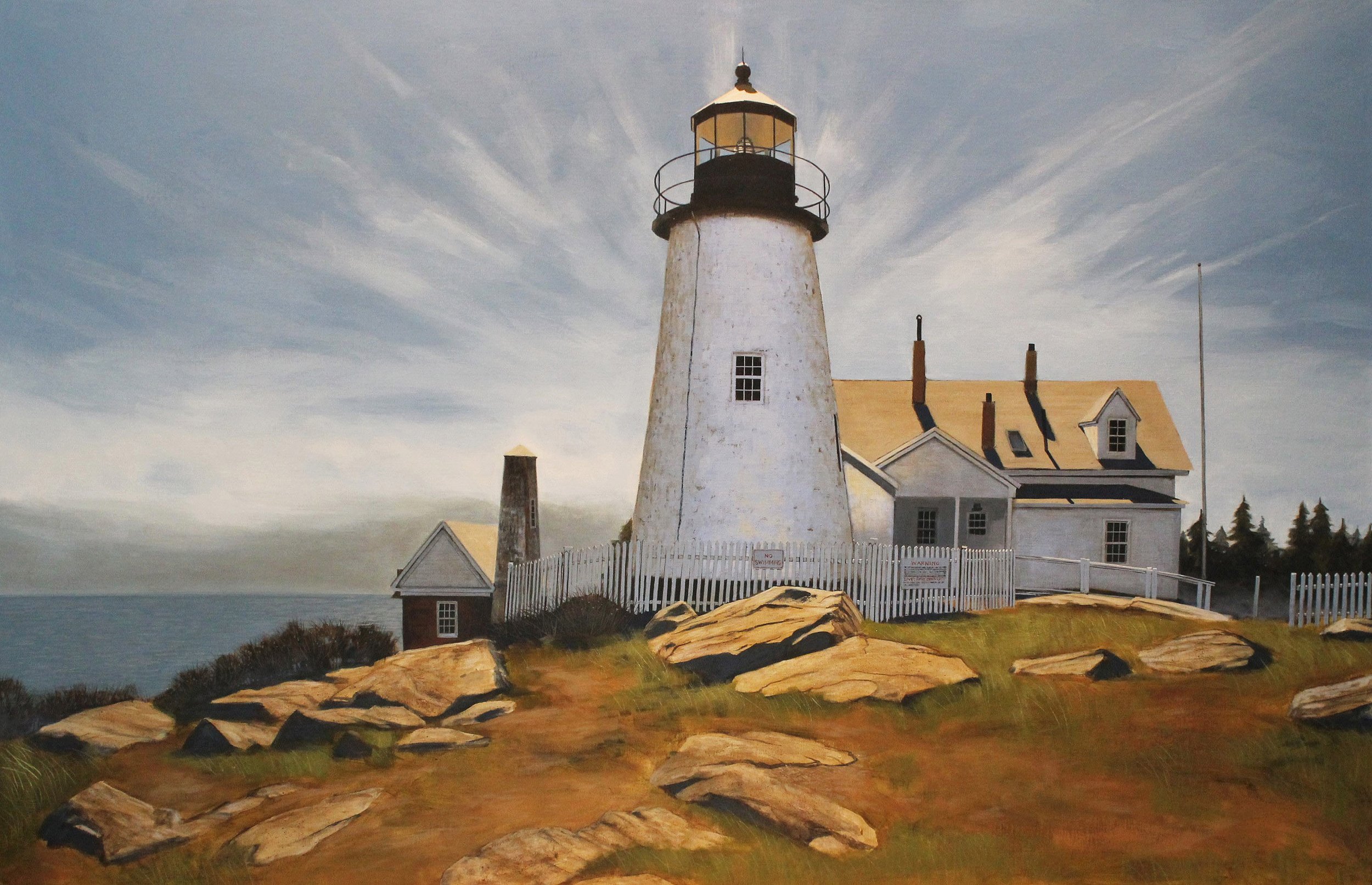I consider my work a meeting point between emotion and reality. In certain moments, dreams and imagination come into play, helping me seek balance between my inner world and the world around me. At the same time, I believe the canvas becomes a kind of story, where the viewer is free to listen and perceive their own feelings and emotions.
Interview with Maria Bordeanu
Maria Bordeanu was born in Bucharest in 1982 and she has got a MFA degree in Painting from UNARTE Bucharest since 2007. Her artistic interests revolve around photorealistic, figurative and cinematic themes subtly infused with elements of media culture, alongside dystopian elements and post-human visual metaphors.
Interview with Kate Huang
My name is Kate Huang, I was born in 1983 Kaohsiung City, ROC. In 2011 graduates from the Taipei National University of the Arts Fine arts Creation. Specialties-Graphic Design, Painting (Acrylic, Sketch, Watercolor), Clay, Computer Graphocs. Most of my creations use brain cells as the theme of creation to illustrate the interpersonal relationship between people, and combine the abstract internalization with the external scenery to express the internal and external states.
Interview with Daniel Mckinley
I approach my work as being open to interpretation. When I am working on a painting would never think about meaning. I will always leave the meaning to the viewer. There is always a push and pull with the canvas. I only do what it tells me to do.
Artist Spotlight - Ambro Louwe
My name is Ambro Louwe. Born and living on the Netherlands. I like to make colorful paintings, different kind of sculptures and “wallscapes”. Nature and human emotions are my inspirations resulting in in a combination of abstraction and dynamic forms. I like to work in variety of materials and techniques.
Artist Spotlight - Hugo Martínez Rapari
My creative endeavors, particularly regarding the impacts of global warming and climate change, merge photography with digital art. I hold the view that artistic insights thrive through cross-disciplinary practices, which significantly shape my exploration of various themes. The pieces in this series strike a balance between representational and abstract styles, capturing both static and dynamic qualities.
Interview with Robert Haworth (aka The Butterflyman)
We’re all unique. My particular uniqueness lies in the journey I’ve made – from being a damaged “caterpillar”, to undergoing an extraordinary and alarming transformation as a “chrysalis”, and eventually becoming a “butterfly” in the sunshine: finding my freedom as a person and as an artist.
Artist Spotlight - Claire Davenhall
Claire’s underwater photographs capture the hidden wonders of the Indian Ocean, where shipwrecks, shifting light, and vibrant marine life come to life through the deep blue, revealing a few of the ocean’s hidden stories.
Artist Spotlight - Tatyana Bondarenko
Tatyana Bondarenko is an abstract expressionist and visual designer with over 15 years of professional experience in graphic design and a degree from the Institute of Design and Advertisement in Moscow, Russia. Guided by intuition, her work explores the subconscious through layers of color, movement, and sensation, serving as an outlet for self-expression and emotional release.
Artist Spotlight - Nora Komoroczki
Nora is a Hungarian artist-painter with the artist name Mano. She was born in Hungary and is still living in the Hungarian capital, Budapest. She’s been painting with oil on canvas for more than four decades, inspired first by the beautiful landscapes in Hungary and other countries where she has been living with her family for a few years (Sweden, Israel, Belgium).
Interview with Ariel Li
Ariel Li is a spatial artist and speculative narrator exploring the connections between space, memory, and identity. Graduated from Royal College of Art, her work examines how spatial narratives and human senses shape our understanding of physical spaces and objects. Focusing on old objects, she uncovers the rich histories and emotional connections they carry, exploring their transformation into new stories through interaction.
Interview with Eric Hubbes
Eric Hubbes is an artist whose work bridges the realms of science, philosophy, and aesthetics. Based in Bonn, his atelier serves as a creative hub where he works on canvas and paper, utilizing a wide range of materials and techniques—including acrylic, watercolour, marker, charcoal, texture paste, and collage. His creative journey explores universal themes such as transformation, interconnectedness, and the cyclical nature of existence. By integrating elements of quantum mechanics, chaos theory, and surrealism into his art, he creates visually compelling works that challenge conventional perceptions of reality.
Art Leaders of Tomorrow: Defining the Future of Art
Art has always been a reflection of its time, capturing the spirit of change and innovation. As we move into the future, a new generation of artists is emerging, bringing fresh perspectives, redefining artistic techniques, and expanding creative expression. Art Leaders of Tomorrow: Defining the Future of Art highlights the visionaries shaping contemporary art today and leading it into new and exciting directions.
Interview with Yasuka TAKAHASHI
I am pursuing a unique form of art that integrates the structural beauty of mathematical theory, digital technology, and the density of color and patterns created by threads. By merging these elements with graphic design, I aim to create elegant and refined works that only I can produce. My unwavering belief is to continue creating art that is sophisticated and dignified.
Artist Spotlight - Marija Tanaskovic Papadopoulos
Marija was born in Belgrade / Serbia in 1976 where she graduated from the University of Fine Arts in 2001 as a Sculptor. In 2004 she moved to Chicago with her husband where she was working in her art studio with traditional painting and sculpturing materials. Two years after, she started using modern technologies for fine art, as well.
Interview with Gianfranco Merati
By pushing into the abstract in some cases or the hyper-realism in others, I aspire to creating images that challenge or, in the most extreme cases, subvert what we think we know about how what we call reality renders itself to us.
Interview with Irina Metz
I often think of my paintings as visual poetry. Just as poetry distills emotion and meaning through rhythm, structure, and metaphor, I try to evoke similar layers of resonance through color, texture, and composition. There’s an economy of language in poetry that I find parallels the expressive choices I make in painting—how a single brushstroke or shift in tone can capture a complex emotional state.
Interview with Steve Rogers
I have always loved the texture and paint strokes of oil. I love the three di-mensional feel of it and I try to achieve that with heavy impasto brush strokes. One of my approaches is to use underpainting and glazing to achieve brilliance. It can be done in oil, but it is time consuming. Acrylics dry within minutes and allow you to almost immediately glaze over the underpainting. I use almost every paint tool designed to build up layers , lay in fine lines and blend soft boundaries in skies. Acrylics allow endless layers of paint as the image is built up and I think it results in depth and complexity
Interview with Jon Neal Wallace
When I start a painting, I have a blank canvas. I don't sketch the design out; I freeform it with spontaneity. In my mind, I know how the design is going to be, but I approach it like a jazz musician—I freeform it.
Artist Spotlight - Dr Natalia Jezova
Dr Natalia Jezova is awards wining, multidisciplinary artist based in London. She communicates through a wide variety of media, including painting, film, photography and installation. Her art addresses cultural memory, identity and gender issues.




















